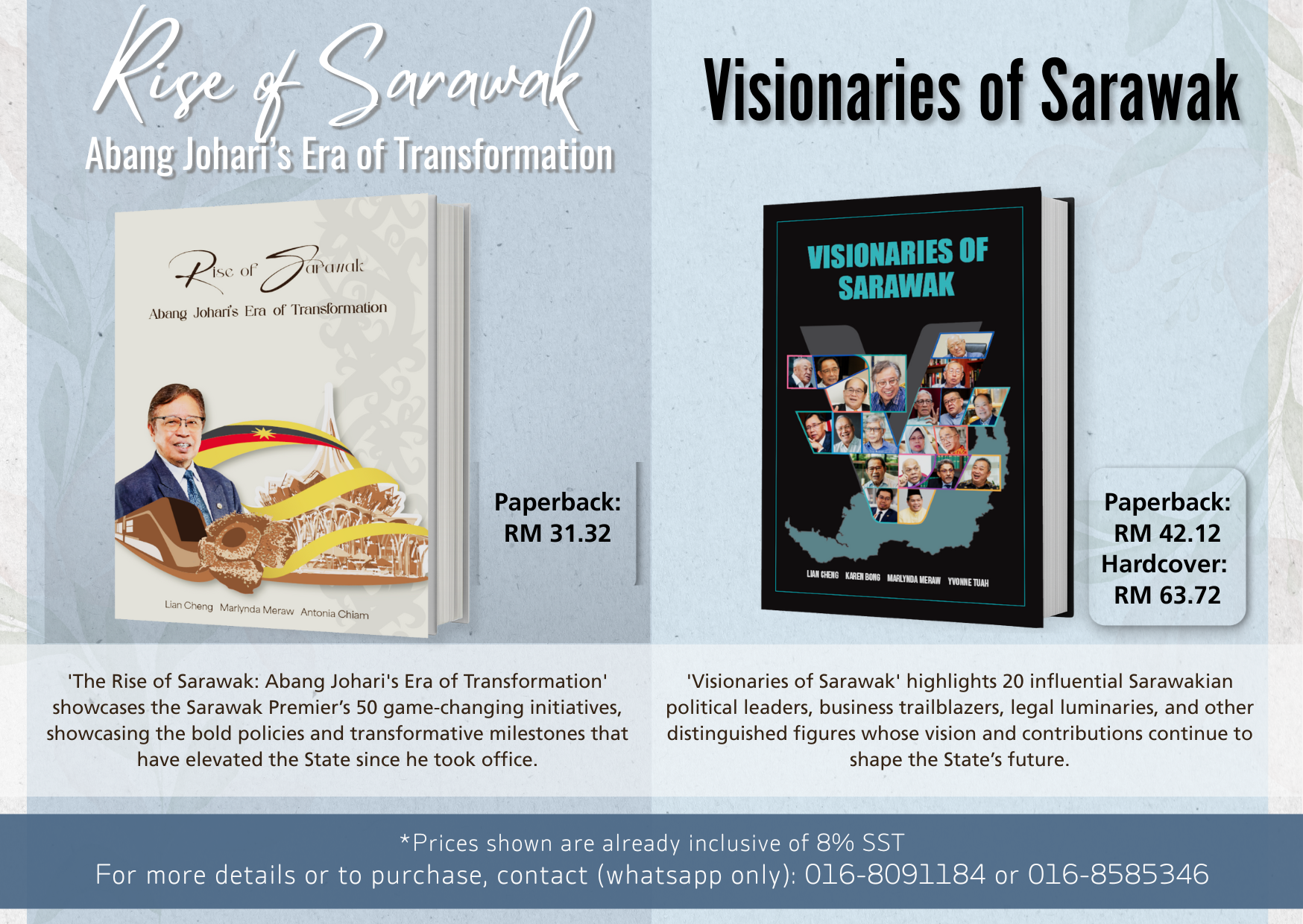
By Karen Bong
KUCHING, Nov 23: The discovery of 3.3 million ounces of gold in the Bau area has placed Sarawak thirteenth in Asia for the largest gold deposits, with an estimated in-ground value of RM24.3 billion.
This finding was announced in 2021 by Besra Gold Inc. through its subsidiary, North Borneo Gold Sdn Bhd, on the Australian Securities Exchange (ASX).
According to the Post Covid-19 Development Strategy (PCDS) 2030: Highlights 2023 report, this estimated reserve has been validated according to international standards, namely the Joint Ore Reserve Committee (JORC) and National Instrument 43-101 (NI 43-101), which are standards used by Australia and Canada.
The Sarawak government also projects an RM1.38 billion investment from the upstream industry, with the entire ecosystem of the Bau Gold Project expected to create 500 to 1,000 opportunities in various fields, skills, and expertise.

Gold mining activities in the Bau region have been ongoing since the 1800s, though the last operational mine was closed in 1997 due to declining gold prices.
Sarawak now envisions a full gold value chain, including unrefined ore extraction, gold concentration production, fine gold production, gold-based electronics fabrication, jewellery fabrication, and the development of a gold trading platform.
Mineral resource potential
The report further highlights that Sarawak’s mineral deposits, critical for the energy and manufacturing sectors, are estimated to be worth RM1.25 trillion, spread across an area of 39,824 km² or 4 million hectares, representing 32 per cent of Sarawak’s total land area.
Geological studies are currently underway to map a further 31,474 km² (25.3 per cent of Sarawak’s total area) that has not yet been explored at an estimated cost of RM300 million.
As of 2023, the government reported that 667.8 km² have been surveyed under the 12th Malaysia Plan, with an RM26 million allocation for geological studies.
The Sarawak government has requested additional funding from the Ministry of Natural Resources and Environmental Sustainability to support comprehensive mineral resource studies, critical for informed land use planning and mineral-based industry development.

To enhance the development of the mining sector, Sarawak has introduced the Mining and Quarrying Economic Development Master Plan 2035 (MQMP 2035), a roadmap aimed at revolutionising the industry by boosting productivity, promoting high-value downstream activities, and establishing new industries.
The plan focuses on attracting private and foreign investment, optimising land use, and strengthening infrastructure to support mineral resource development.
Additionally, the Sarawak government is preparing the Sarawak Mineral Industry Development Master Policy, which began in 2024 and is expected to be completed by 2025. This policy will provide comprehensive guidelines to facilitate the successful implementation of MQMP 2035 and is set for full implementation by 2026.
The policy serves as an extensive guide, covering key areas such as investment, resource development, land use, infrastructure, social responsibility, safety, and environmental sustainability.
Economic contribution of mining
The mining sector, including petroleum and natural gas extraction, as well as mineral mining and quarrying, made a significant contribution to Sarawak’s economy, with RM57.1 billion, equivalent to 36.6 per cent of gross value output, in 2021.
In 2023, the sector generated RM1.48 billion in Gross Domestic Product (GDP), accounting for 21 per cent of the total GDP, and contributed RM8.76 billion in revenue to the Sarawak government, including royalty collections, State Sales Tax (SST), and dividend payments.
The industry also created approximately 6,000 jobs in 2023.
The Sarawak government is focusing on attracting foreign investment in industries based on silica sand, specifically for photovoltaic glass production for green energy, and limestone for the clinker and cement industries.

Additionally, the government is exploring the potential of high-value strategic minerals, such as Non-Radioactive Rare Earth Elements (NRREE), essential for various manufacturing sectors like magnetics, phosphors, ceramics, metal alloys, and defence.
Recognising the need for a skilled workforce, the Sarawak government will invest in human capital development for the mining industry from 2024 to 2030. Strategic collaborations with educational and vocational institutions will be pursued to ensure a diverse and skilled labour force, from professionals to semi-skilled and unskilled workers.
These efforts aim to enhance the industry’s capacity to attract private investment, focusing on workforce development to support the growing mineral sector. — DayakDaily








